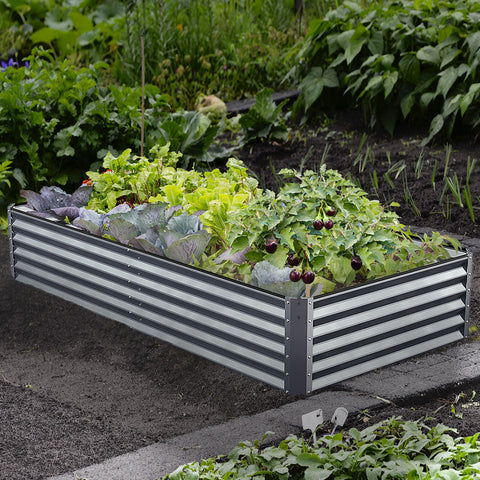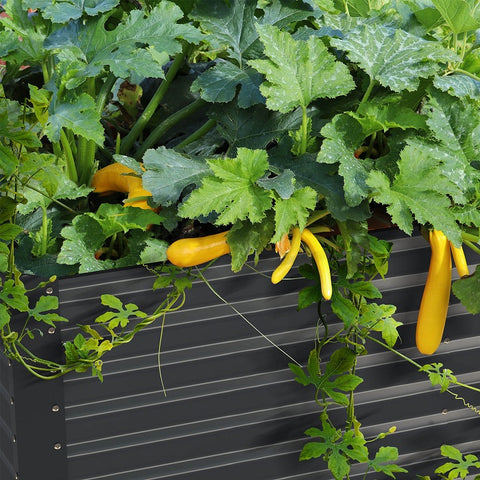We all know that cacti come from the desert. But what if you live in the north, tropical regions, or any place without sun baked sand? Can we still grow cacti? The answer is yes, but the prerequisite is that you have suitable cactus soil. In this article, we will delve into the soil requirements of cacti and what you can do to help them thrive. It's not difficult to provide what your cactus plants really like!The following content also has some reference value for raised garden beds.
Let's consider how cacti adapt to the desert. Camels in plants store water in their stems and leaves to maintain long-term drought. The exterior of plants has become accustomed to dryness and warmth, even underground. Due to the fact that desert soil is rarely soaked for a long time, the roots of cacti do not respond well to sustained moisture. When they are left in the water, they usually decay and die.
To protect your plants from excessive water damage, cacti need well drained soil. It's too wet, the plants may rot. Water should quickly flow through the soil to keep it moist, but it should not be sticky. According to the location of the cactus, well drained soil usually becomes completely dry 5-7 days after watering.
Suitable cactus potted soil is not just soil. If you really want to maintain the health of cacti, you need to invest in well drained soil. Your flowerpot also needs drainage holes.
Mixing one's own succulent pot mixture is very easy and usually cheaper. You only need three ingredients: substrate, course materials, and supplements. Under appropriate balance, you can mix a soil that is very suitable for your cactus.
Generally speaking, all potted plants are mixed with peat humus, peat moss and occasionally long fiber peat moss. These materials can maintain moisture, but most importantly, they can effectively remove excess moisture. You want to retain some water, but the excess water must be easily drained to protect your succulent plants!
For most gardeners, the simplest choice is to use a prefabricated potted soil mixture designed for African violets. African violet soil mixture usually contains appropriate proportion of humus, peat moss and long fiber moss, plus a rough drainage material. In addition, prefabricated mixtures like this have been disinfected, so they will not be harmed by potential pathogens that may harm the plants in your garden. Ventilation is the main part of making an ideal soil formula for cacti. Excessive soil or peat products will not allow enough air to enter the roots. Therefore, we will add an equal amount of coarse material to the potted soil. Perlite is a good choice because it has good drainage. Floating ice, coarse sand, and poultry gravel can also function well here.
If you start with a DIY substrate and use more rough materials than using an African violet mixture. Please remember that there are already some rough substances in the mixture of African violets.
For our DIY recipe (using a mixture of African violets), we recommend using 2 portions of coarse ingredients. A good mixture is one part perlite and one part coarse sand. This breaks the beauty of peat with many gravel materials, but half of them are smaller particles. This can both drain and aerate.
Fertilizer is indeed beneficial for most cacti and other succulent plants, but it is only applied when appropriate. Many varieties only require it at the beginning of the growing season. Therefore, we suggest excluding cactus compost and fertilizer from the soil mixture at the beginning. You can apply the cactus to the soil later when it suits you.
If you don't have the time or energy to make your own cactus mixture, then there are many options. You can find characteristic succulent soil almost anywhere, especially because succulent plants are very popular!









